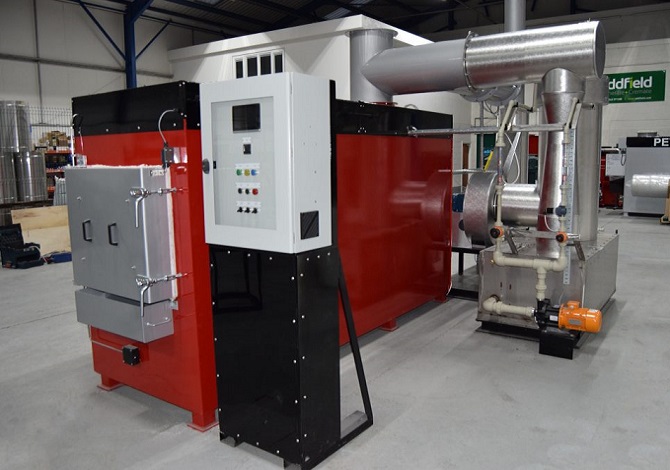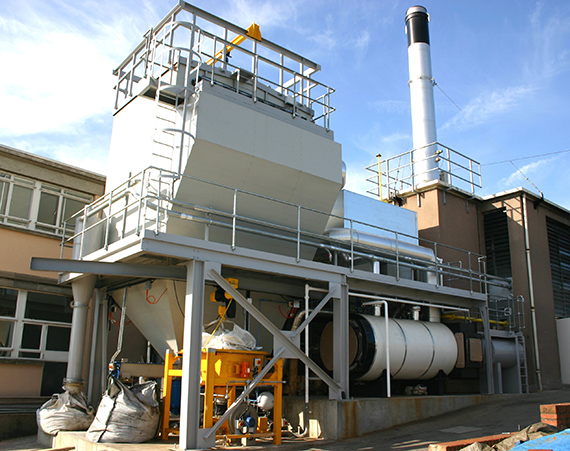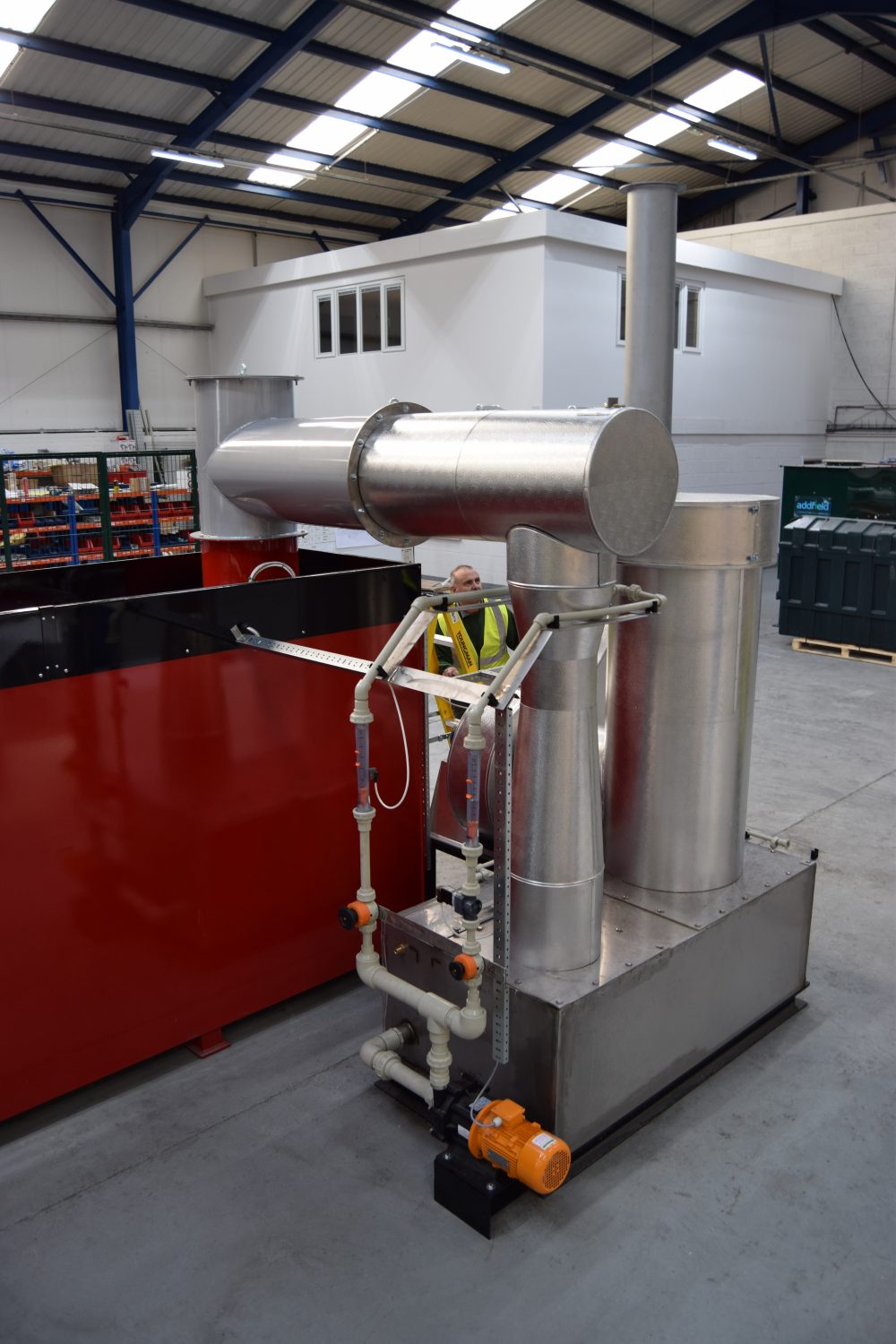Addfield provides a wide variety of filtration systems that comply with the strictest of standards worldwide for various types of waste incineration systems. Typically, these filtration systems are required on "high capacity" incineration plants but also installed onto smaller systems. At Addfield, we work extremely closely with our clients to build a system that is right for their application, their waste stream, and the resulting off-gas produced.

The ceramic filter consists of a series of pollution control systems for
specifically dealing with the off gas from an incinerator.
Typically installed on a high capacity incinerator plant, this pollution control
system will capture all the gases, soot, and entrained solids
emitted to meet the European regulations which are set out in
directive 2000/76/EC. Such a filtration system typically has a high
removal rate of 97% for particulates.
This dry filtration system operates by passing the exhaust gasses through a
series of chambers and processes, these are:
Heat Exchanger
A heat exchanger cools down gasses to between 400°C-420°C.
This rapid temperature collapse from 1100°C helps reduce dioxin and furan
reformation.
It also sets up the flue gas stream for the optimum temperature for the
(following) acid scrubber function.
Acid Scrubber
Lime is fed into the system via a hopper.
This material is then steadily injected into the gas stream to neutralise the
acidic gasses such as HCL, HF, and SO2.
Spent lime is then removed by the final stage of the gas scrubbing process that
is the particulates filtration system.
Ceramic Filtration System
Gas is pulled through vacuum-formed ceramic filter tubes.
These filters remove the heavy particulates and used lime in an extremely
efficient manner.
The gas is drawn through the system with a draught fan and the resulting clean
and safe gases are vented to atmosphere.
Cleaning System
Once the cycle is complete, an automatic cleaning cycle can be initiated.
This cycle reverse pulses compressed air through the ceramic filters, dislodging
trapped particulates to clean them.
Once complete, the resulting material can be removed via the inspection hatch.

The Addfield Wet Scrubber system is primarily designed as particle
suppressant
system,
ideally suited to high capacity incineration machines.
Heavy particulates are removed from the exhaust gas using water injected from
the
roof of the scrubber system.
This bolt on system can be added to any incineration machine in the Addfield
range
and is scaled
according to the specific application. Constructed from a stainless steel, the
vessel encapsulates multiple water spraying nozzles.
The primary function in which the wet scrubbers operate is to cause dust
particles to attach to the water droplets.
This contact occurs in three phases, these are:
Inertial Impact
The direct impact of a particle with a water droplet, thus removing it from the
emission gas stream.
When the velocity between the two objects is relative this typically
occurs.
Interception
If a faster particle is not large enough to impact as water droplets,
this gas particle may attempt to go around a slower or stationary object.
As it does, its inertial energy will slow subsequently it is likely to impact
a following water droplet in a scrubber system thus removing it from a the
emission
gas stream.
Diffusion
Occurring in particles typically less than 0.3 micron, this process provides
higher collection than would otherwise be expected due to the mixture of
inertial
impaction and Interception.
Acid Gas Removal
Calcium carbonate can also be added to water, with the resulting slurry
sprayed into a flue gas scrubber. The process is found to be more efficient if a
calcium hydroxide/water slurry is used, removing over 95% of Sulphur
dioxide.
The Sulphur dioxide is absorbed into the spray and precipitates as wet calcium
sulphate.
By re-circulating the slurry and injecting oxygen, calcium sulphate (gypsum) is
formed
which can be sold as a by-product. CaSO3 0.5H2O + 0.5O2 + 1.5H2O -> CaSO4 .
2H2O

To help customers abide by international regulations, Addfield provides Constant
Emmissions Monitoring Systems (CEMS) for all types of incinerators to
monitor critical emission elements.These systems are MCERTS certified which
satisfies regulations and gives customers peace of mind. Our systems are
flexible in
design, giving you the
option to monitor part of the critical emission elements or all of them
depending on
the regulations implemented.